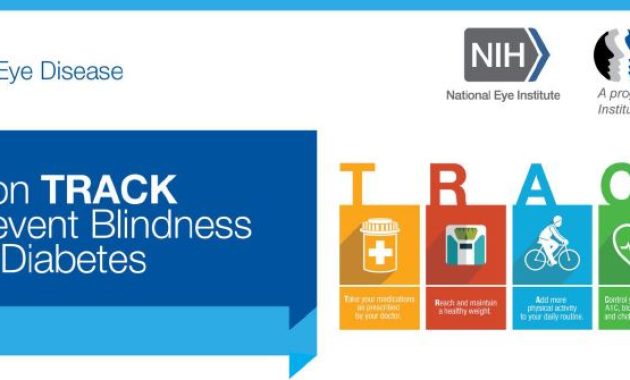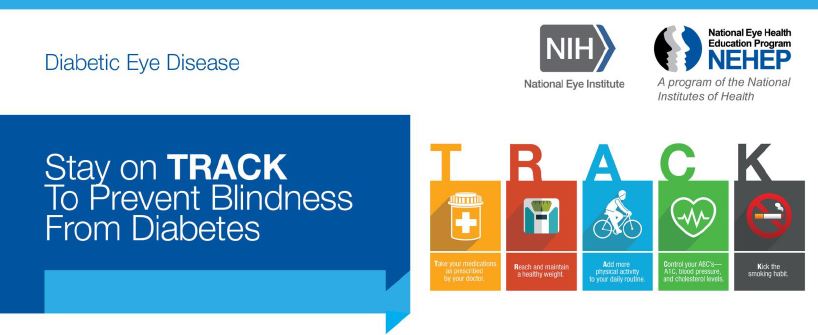
How to Use Visualization to Stay on Track With Diabetes: A Powerful Guide
Living with diabetes requires constant vigilance. It demands careful monitoring of blood sugar levels. It also involves adhering to prescribed medications. Dietary adjustments and regular exercise are essential. However, staying on track can be challenging. It’s easy to feel overwhelmed by the constant demands. This is where visualization comes in. It’s a powerful tool to help manage diabetes. It can improve adherence to treatment plans. This article explores how to use visualization. It offers practical strategies to help you stay on track with diabetes management.
Understanding the Power of Visualization
Visualization, also known as guided imagery, is a mental technique. It involves creating vivid mental images. These images relate to desired outcomes. In the context of diabetes, visualization can be used to envision a healthy lifestyle. It can also be used to visualize successful blood sugar management. The mind-body connection is a key element. Studies show that our thoughts can influence our physical health. Visualization taps into this connection.
By repeatedly visualizing positive outcomes, you can train your brain. This can lead to actual behavioral changes. It can boost motivation. It can reduce stress and anxiety. These are common challenges faced by people with diabetes. Visualization is not a replacement for medical treatment. It is a complementary tool. It enhances the effectiveness of diabetes management strategies.
Getting Started with Visualization for Diabetes
Embarking on a visualization journey is simple. It does not require special equipment. It can be done anywhere, anytime. Here are the essential steps to get started:
- Find a Quiet Space: Choose a comfortable and quiet environment. A place where you can relax without distractions.
- Get Comfortable: Sit or lie down in a comfortable position. Close your eyes gently.
- Deep Breathing: Take a few slow, deep breaths. Inhale deeply through your nose. Exhale slowly through your mouth. This helps to calm the mind and body.
- Set Your Intention: Decide what you want to visualize. It could be healthy blood sugar levels. It could be adhering to your diet plan. It could be feeling energized after exercise.
- Create Your Mental Image: Vividly imagine the desired outcome. Use all your senses. See, hear, feel, and even taste what it’s like to achieve your goals.
- Repeat and Practice: Consistency is key. Practice visualization regularly. Aim for at least 10-15 minutes per day.
Specific Visualization Techniques for Diabetes Management
Visualization can be tailored to address specific aspects of diabetes management. Here are some techniques:
Visualizing Healthy Blood Sugar Levels
Imagine your blood sugar levels within a healthy range. Visualize the glucose meter displaying the desired numbers. Feel the sense of calm and control. Imagine your body functioning optimally. See the positive effects on your energy levels. Feel the absence of diabetes-related symptoms.
Visualizing Adherence to Dietary Plans
Picture yourself making healthy food choices. See yourself preparing nutritious meals. Imagine enjoying the taste and satisfaction of these meals. Visualize resisting unhealthy temptations. Feel the sense of empowerment. See the positive impact on your overall health.
Visualizing Regular Exercise
Imagine yourself engaging in physical activity. See yourself enjoying the exercise. Feel the energy and vitality that comes with it. Visualize your body becoming stronger and healthier. Imagine yourself achieving your fitness goals. Feel the sense of accomplishment.
Visualizing Taking Medication
Imagine yourself taking your medications as prescribed. Visualize the medication working effectively. See the medication helping to stabilize your blood sugar. Feel the sense of control and responsibility. Visualize the medication improving your overall health.
Visualizing Problem-Solving
Imagine facing challenges. These challenges may be related to diabetes management. Visualize yourself calmly finding solutions. See yourself making informed decisions. Feel confident in your ability to handle any situation. See yourself overcoming obstacles.
Creating Your Own Visualization Script
While there are guided meditations available. It can be beneficial to create your own visualization script. This allows you to personalize the experience. It can tailor it to your specific needs and goals. Here’s how to create your script:
- Identify Your Goals: What do you want to achieve? Be specific. For example, instead of “manage my diabetes,” aim for “maintain blood sugar levels within a healthy range.”
- Write Down Your Scenario: Describe the scenario in detail. Use vivid language. Engage your senses.
- Include Positive Emotions: Focus on the feelings associated with success. This includes joy, confidence, and peace.
- Use Affirmations: Integrate positive statements. These will reinforce your goals. Examples: “I am in control of my diabetes.” “My body is healthy and strong.”
- Practice and Revise: Read your script regularly. Revise it as needed. Ensure it resonates with your current needs.
Integrating Visualization into Your Daily Routine
Consistency is crucial for successful visualization. Integrating it into your daily routine makes it easier. Here are some suggestions:
- Morning Routine: Start your day with a short visualization session. Set your intentions for the day.
- Before Meals: Visualize making healthy food choices. Focus on enjoying your meal.
- Before Exercise: Visualize yourself successfully completing your workout. Feel the energy and strength.
- Before Bed: Review your day and visualize positive outcomes. This promotes restful sleep.
- During Stressful Situations: Use visualization to calm your mind. Manage any diabetes-related stress.
Potential Benefits of Visualization for Diabetes
Visualization can offer numerous benefits for people with diabetes. These include:
- Improved Blood Sugar Control: Visualization can help improve blood glucose control.
- Increased Motivation: Visualization can boost motivation to adhere to treatment plans.
- Reduced Stress and Anxiety: Visualization can help reduce stress. It can also reduce anxiety.
- Enhanced Self-Efficacy: Visualization can increase self-efficacy. It can boost confidence.
- Improved Quality of Life: Visualization can improve your overall quality of life.
- Better Adherence to Treatment: Visualization can improve adherence to medication and diet.
- Increased Awareness: Visualization increases awareness of the body and its needs.
Common Challenges and How to Overcome Them
While visualization is effective, it can present challenges. Here are some common ones. Also, tips on how to overcome them:
- Difficulty Focusing: If your mind wanders, gently bring your attention back. Start with shorter sessions.
- Skepticism: Approach visualization with an open mind. Give it a chance.
- Lack of Time: Even a few minutes of visualization can be beneficial. Integrate it into your daily routine.
- Frustration: Be patient with yourself. It takes time and practice.
- Negative Thoughts: Acknowledge negative thoughts. Replace them with positive affirmations.
Visualization: A Complementary Approach to Diabetes Management
Visualization is a powerful tool. It complements other diabetes management strategies. It is not a substitute for medical care. Always consult with your healthcare provider. Discuss the use of visualization. Ensure it aligns with your overall treatment plan. Visualization can be a valuable addition. It can empower you to take control of your health. It can help you stay on track with diabetes.
Conclusion
Visualization offers a practical and effective way. It helps people with diabetes manage their condition. By incorporating visualization techniques into your routine, you can improve blood sugar control. You can also increase motivation. You can reduce stress. You can enhance your overall quality of life. Remember to be patient. Practice regularly. Work with your healthcare team. Embrace the power of visualization. You can achieve better health outcomes. You can live a fulfilling life with diabetes. Using visualization can transform your approach to diabetes management. It provides a powerful tool. It empowers you to take control. It helps you stay on track.
[See also: Related Article Titles]

